
Top 5 Industries Most Vulnerable to Business Email Compromise Attacks in 2025

Top 5 Industries Most Vulnerable to Business Email Compromise Attacks in 2025
Business Email Compromise (BEC) attacks have evolved into one of the most costly and damaging forms of cybercrime. With losses reaching billions annually, it’s crucial to identify the industries most at risk and understand why they’re targeted. In this article, we’ll explore the top five sectors that are particularly vulnerable to BEC attacks, share real-world cases, and provide actionable tips to mitigate these threats.
Did you know? According to the FBI, BEC scams caused global losses exceeding $43 billion between 2016 and 2023!
Why Are Certain Industries More Vulnerable to BEC Attacks?
Certain industries are more susceptible to BEC attacks due to factors such as high-value transactions, reliance on email for communication, and access to sensitive data. Industries that handle large sums of money or confidential information are especially at risk, as cybercriminals can exploit these high stakes to manipulate employees or management.
- Large Transactions: Industries like finance and manufacturing often deal with significant monetary transfers, making them prime targets for fraud.
- Sensitive Data: Healthcare and legal services store highly sensitive personal and financial data, which criminals can sell or use for further attacks.
- Industry-Specific Workflows: Certain business processes, such as invoice approvals, wire transfers, and merger deals, can be hijacked through BEC scams.
Role of Industry-Specific Workflows in Enabling Attackers
Many BEC attacks exploit routine workflows that are already established within companies. For example, finance teams may have standard procedures for processing large payments, making it easier for attackers to impersonate an authorized person and request transfers. By understanding these workflows, criminals can craft highly convincing emails and instructions, making the scam harder to detect.
Top 5 Industries Most Vulnerable to BEC Attacks
Finance and Banking
Why Financial Institutions Are Prime Targets
Financial institutions are often prime targets due to their involvement in large financial transactions, global networks, and high levels of trust. A successful BEC attack can result in massive financial losses, especially if fraudulent wire transfers are made to overseas accounts.
Example: A Major Bank Falling Victim to a Fraudulent Transfer Scheme
In a high-profile case, a major bank was tricked by cybercriminals who impersonated a senior executive, sending fake wire transfer instructions. The attack resulted in millions of dollars being siphoned off to offshore accounts.
Protective Strategies for Financial Organizations
To protect against BEC attacks, financial organizations must implement strong authentication protocols, such as multi-factor authentication (MFA), and utilize real-time email scanning tools. Regular employee training and vigilance in detecting suspicious emails are also essential.
Healthcare
Sensitivity of Patient Data and the Impact of HIPAA Violations
Healthcare organizations store highly sensitive personal and medical data, which is a lucrative target for cybercriminals. A BEC attack in this sector could result in significant legal and reputational damage, particularly if it leads to HIPAA violations.
Real-Life Case: A Hospital Duped by an Impersonation Email
A well-known hospital was targeted by a BEC attack in which a fraudster impersonated the CFO. The attacker successfully convinced an administrative employee to release a large sum of money, leading to a major financial loss.
Steps for Healthcare Providers to Secure Their Communication
Healthcare providers must ensure their communication channels are encrypted, use secure file-sharing protocols, and invest in advanced BEC detection software. Employees should also be trained on how to identify phishing attempts and verify financial transactions.
Manufacturing and Supply Chain
Manufacturing companies often face risks related to fraudulent vendor communications and invoice manipulation. Attackers may impersonate a supplier, asking for payment details or directing funds to fraudulent accounts.
Example: A Manufacturing Giant Losing Millions in Fraudulent Payments
A major manufacturing company was tricked into transferring millions of dollars to an attacker posing as a trusted vendor. The fraudster used email spoofing and social engineering tactics to exploit the company’s accounts payable department.
Best Practices to Protect Manufacturing Processes from BEC
Manufacturers should establish clear verification processes for transactions, especially for large or urgent payments. Using secure email systems, verifying vendor requests through multiple communication channels, and implementing payment approval workflows can help mitigate these risks.
Technology and SaaS
Exploitation of Intellectual Property and Sensitive Client Information
Technology companies and SaaS providers are prime targets for BEC attacks due to the valuable intellectual property and sensitive client data they manage. A breach can lead to the exposure of proprietary technology or confidential business communications.
Case Study: A SaaS Firm Targeted by a Phishing Campaign
A SaaS firm was targeted by a BEC attack in which attackers impersonated a key customer and requested access to sensitive client data. The breach resulted in significant financial and reputational damage.
Security Recommendations for Tech Companies
Tech companies should focus on email authentication protocols (SPF, DKIM, DMARC) and employ AI-based threat detection systems to flag suspicious emails. Employee training on identifying phishing attempts is critical, as is maintaining a zero-trust model for internal communications.
Legal Services and Real Estate
Legal firms and real estate agencies often handle large sums of money, particularly during escrow transactions or property sales. This makes them attractive targets for BEC attacks, especially in wire transfer fraud schemes.
Example: A Law Firm Compromised During a Merger Deal
A prominent law firm was tricked during a merger deal when an attacker impersonated a partner and requested a wire transfer for closing costs. The attacker provided fake instructions, resulting in a large sum being transferred to an offshore account.
Tips to Safeguard Sensitive Transactions in These Sectors
Legal services and real estate firms should verify every transaction, especially those involving large sums, using multi-factor authentication. Additionally, educating staff on recognizing signs of impersonation emails and phishing is essential to mitigating risk.
How Enterprises Can Mitigate the Risks of BEC Attacks
One of the most effective ways to mitigate BEC attacks is through robust email security solutions that provide real-time threat detection and prevent spoofed emails from reaching employees. Utilizing advanced email filtering tools and integrating them with other security solutions can help identify and block fraudulent communications before they cause harm.
Role of Employee Training and Awareness Programs
A critical component of BEC prevention is educating employees on the dangers of phishing, social engineering, and email spoofing. Regular training sessions should cover how to spot suspicious emails, verify unusual requests, and report potential threats to IT departments immediately.
Use of Advanced Tools Like AI-Powered BEC Detection (e.g., StrongestLayer)
AI-powered solutions, such as StrongestLayer, are crucial in detecting and preventing BEC attacks. These tools use machine learning to analyze email patterns, recognize anomalies, and flag high-risk emails in real-time. This proactive approach significantly reduces the chance of successful BEC attacks.
Key Features Enterprises Should Look for in BEC Protection Solutions
- Real-Time Threat Detection and Prevention
Advanced BEC protection solutions must offer real-time threat detection, capable of identifying phishing attempts, impersonation, and email spoofing as soon as they occur. - AI-Driven Anomaly Detection in Emails
AI algorithms that analyze historical communication patterns help identify unusual email behaviors, such as discrepancies in tone or content, which could indicate a BEC attack. - Multi-Layered Encryption and Domain Verification
Implementing multi-layered encryption ensures that sensitive data is protected during transmission, while domain verification techniques like DMARC help ensure that emails from spoofed addresses are blocked before reaching the inbox.
Final Thoughts: Protecting Your Industry Against BEC Threats
Industries such as finance, healthcare, manufacturing, technology, and legal services are particularly vulnerable to BEC attacks due to their involvement in high-value transactions and access to sensitive data.
Emphasis on the Importance of Proactive Measures
Organizations must take a proactive approach to BEC prevention by implementing robust security measures, providing regular employee training, and adopting advanced technologies such as AI-powered BEC detection systems.
Call to Action: Encouragement to Adopt Advanced Solutions Like StrongestLayer
To protect your organization from the ever-growing threat of BEC, it’s essential to adopt advanced security solutions like StrongestLayer. These tools provide real-time threat detection, machine learning-driven protection, and comprehensive email security features to safeguard against BEC attacks.
FAQs (Frequently Asked Questions)
Q1: Which industries are most commonly targeted by BEC?
Industries that handle money flows, sensitive records, or high-value transactions are frequent targets — for example finance, legal, healthcare, real estate, manufacturing, and professional services. SMBs and nonprofit organizations are also attractive because they often lack sophisticated defenses. Ultimately, any sector that sends or approves payments, signs contracts, or exchanges confidential client data can be targeted.
Q2: Why are law firms and legal services attractive to BEC attackers?
Law firms regularly move money, exchange privileged client information, and coordinate sensitive transactions, making them high-value targets. Attackers impersonate partners, clients, or opposing counsel to request wire instructions or confidential documents. Because legal communications often require quick action, the “urgency” angle in BEC lures victims into skipping verification steps.
Q3: How do finance and accounting teams typically get targeted?
Attackers impersonate vendors, the CFO, or bank contacts to request invoices or urgent payment changes, often shortly before holidays or payroll runs. Finance teams are targeted because they have the authorization to move funds and access to account details. Small variations in account numbers or a fake “urgent” email from a trusted supplier are common tricks.
Q4: Are healthcare organizations at risk of BEC?
Yes — healthcare organizations handle protected health information (PHI) and large vendor payments, both of which attract fraudsters. Attackers may request patient records, invoices, or change remittance details and exploit the complexity of healthcare billing. BEC in healthcare carries additional regulatory and breach-notification risks beyond the direct financial loss.
Q5: Why would manufacturing and supply-chain businesses be targeted?
Manufacturers and supply-chain teams move inventory and payments frequently and rely on many external vendors, making them vulnerable to invoice or shipping fraud. Requests to change supplier bank details or confirm urgent shipments are common BEC tactics. Disruption to supply chains also increases pressure to act quickly, which attackers use to their advantage.
Q6: Do small and medium-sized businesses (SMBs) face BEC risks too?
Absolutely — attackers know SMBs often have limited security budgets and less formal approval processes, so a single mistake can be costly. SMBs frequently rely on email for payroll, vendor payments, and customer communications, creating many opportunities for impersonation scams. Investing in basic controls and awareness can greatly lower this risk.
Q7: What are the common red flags of a BEC email?
Look for unusual sender addresses, slight misspellings in domain names, last-minute payment requests, pressure to bypass normal approval workflows, or links to unfamiliar domains. Requests that create urgency or ask to change payment details should always trigger verification. Even well-written messages can be fraudulent, so require secondary checks for financial actions.
Q8: How should teams verify suspected BEC requests?
Never rely solely on the email thread — verify using a separate channel like a phone call to a known number or an authenticated chat platform. Confirm bank/account details with a trusted contact and follow your organization’s dual-approval payment policy. Document the verification and pause any transactions until you’ve confirmed legitimacy.
Q9: What technical controls reduce BEC risk?
Implement multi-layer defenses: strong email authentication (SPF, DKIM, DMARC), anti-impersonation rules, time-of-click link scanning, attachment inspection, and sender behavior analytics. Combine these with access controls (MFA), strict payment approval workflows, and the ability to quarantine suspicious messages automatically. Automated detection reduces human reliance and speeds up response.
Q10: How does employee training help prevent BEC?
Training teaches staff to recognize social engineering tactics, verify unexpected requests, and use reporting tools rather than acting impulsively. Short, frequent micro-training and simulated phish tests tied to real-world scenarios are more effective than one-off sessions. When employees understand the business impact, they’re more likely to pause and verify suspicious requests.
Q11: Can cyber insurance cover BEC losses?
Many cyber insurance policies include coverage for social-engineering and BEC losses, but terms and limits vary widely. Claim acceptance often depends on demonstrating that reasonable security controls and verification processes were in place. Talk to your broker to understand coverage specifics and ensure your controls meet policy requirements.
Q12: What should you do immediately if you suspect a BEC incident?
Stop any pending payments, isolate the affected account or device, and notify your finance and security teams right away. Preserve logs and the original message for investigation, then trace and freeze any fraudulent transfers if possible. Inform legal and compliance early — timely action can reduce financial and regulatory damage.
Q13: How can AI help detect BEC-targeted emails?
AI models can analyze message intent, unusual sender behavior, and contextual anomalies at scale — things static rules often miss. By evaluating the meaning of a request (e.g., an uncharacteristic fund transfer), AI flags risky messages for quarantine or human review. AI is not a replacement for policy but a force-multiplier that catches clever impersonations faster.
Q14: Can BEC be prevented entirely?
No single control can guarantee 100% prevention, but a layered program of technical controls, strict payment policies, employee training, and incident readiness reduces risk significantly. The goal is to make successful attacks rare and costly while shortening detection and response time. Consistency and continuous improvement are what make prevention practical and effective.
Q15: How often should organizations test BEC readiness?
Run tabletop exercises and phishing simulation campaigns at least quarterly, with targeted scenarios for finance, HR, and legal teams more often. Quarterly testing keeps staff conditioned and allows you to refine detection rules and escalation paths. After any incident or structural change (new payment process, M&A), schedule an immediate retest.
Q16: Should vendors and third parties be included in BEC defenses?
Yes — vendor compromise is a major BEC vector, so require secure onboarding, periodic verification of payment details, and out-of-band confirmation for payment changes. Use supplier risk assessments and include contract clauses that mandate secure communications. Encourage vendors to enable authenticated email and share guidelines for safe billing interactions.
Q17: How can StrongestLayer help with BEC protection?
StrongestLayer applies intent-based AI analysis and in-mail guidance to spot impostor requests, anomalous sender behavior, and suspicious payment instructions before they reach users. It can quarantine risky messages, add explainable warnings in the inbox, and feed alerts into your SOC for rapid response. Combined with strong business processes, that reduces the chance of a successful BEC attack.




.png)
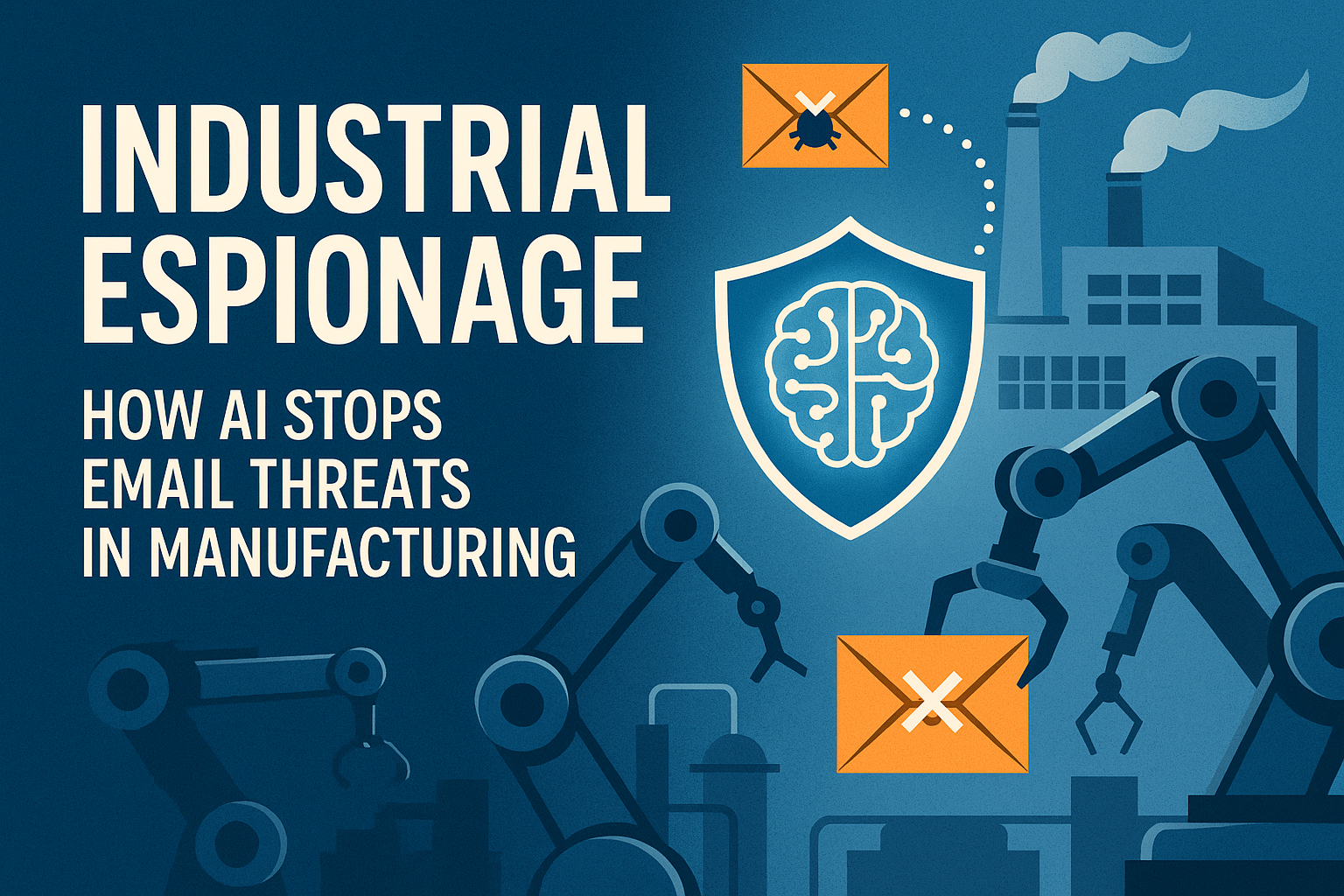

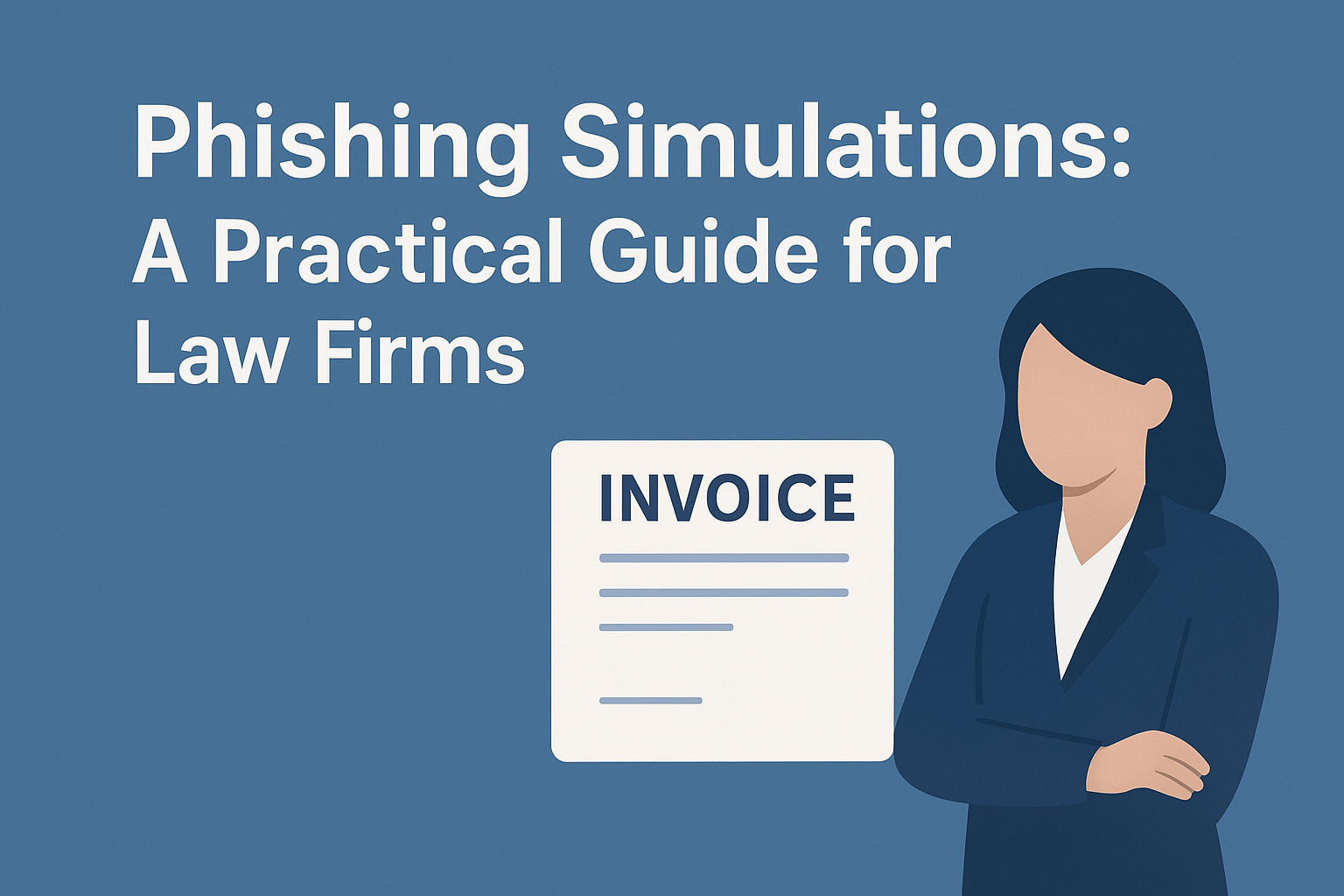
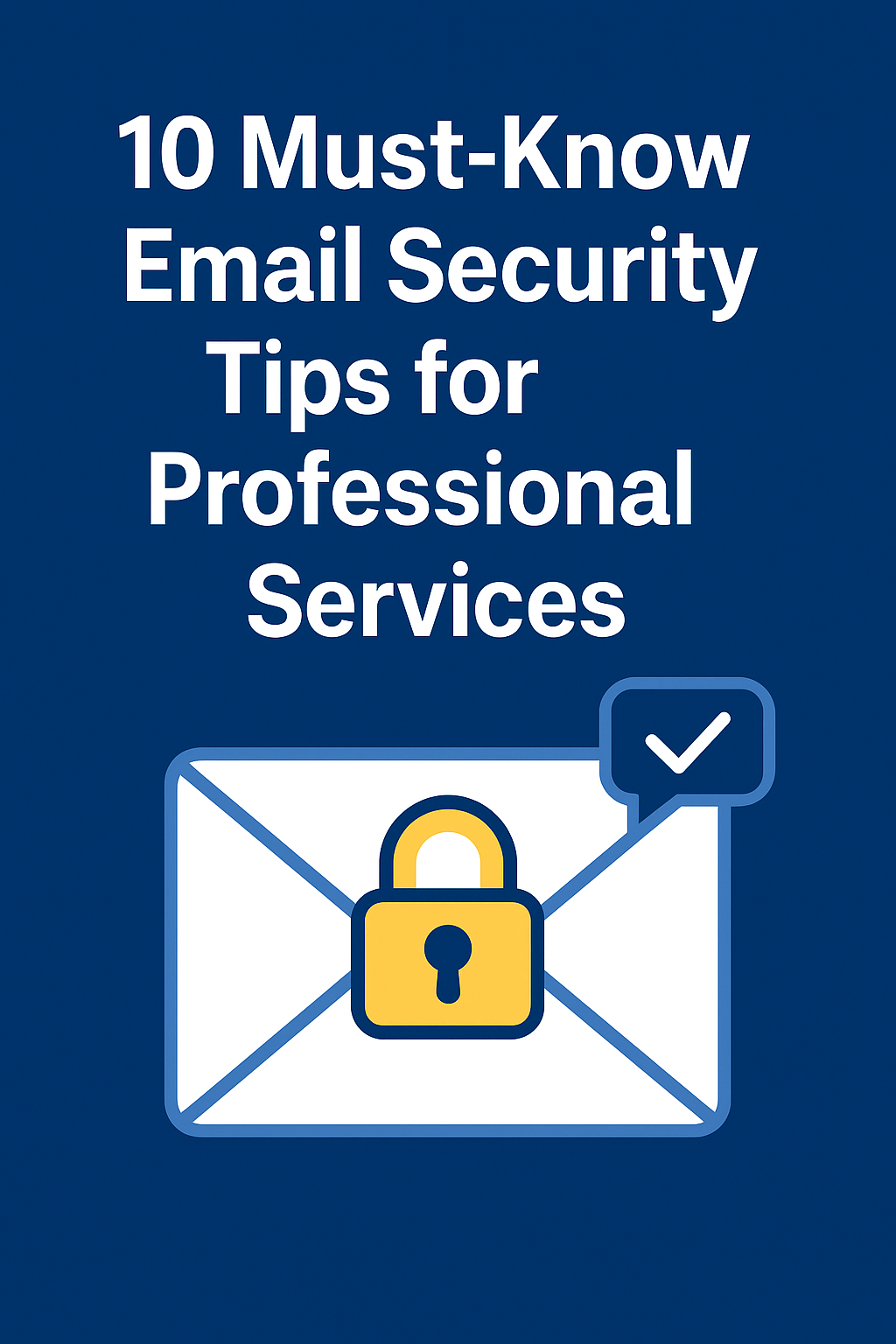

.png)
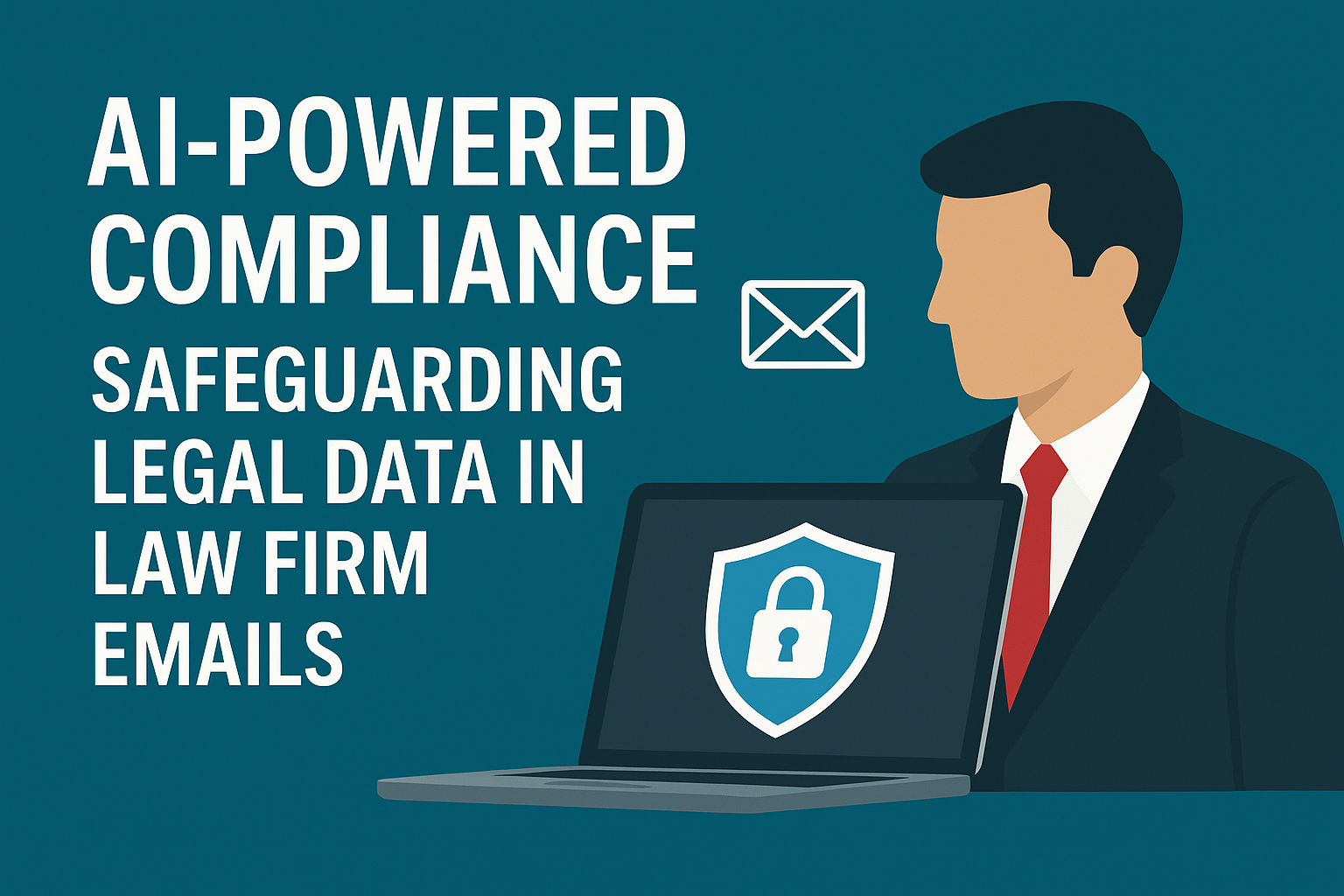





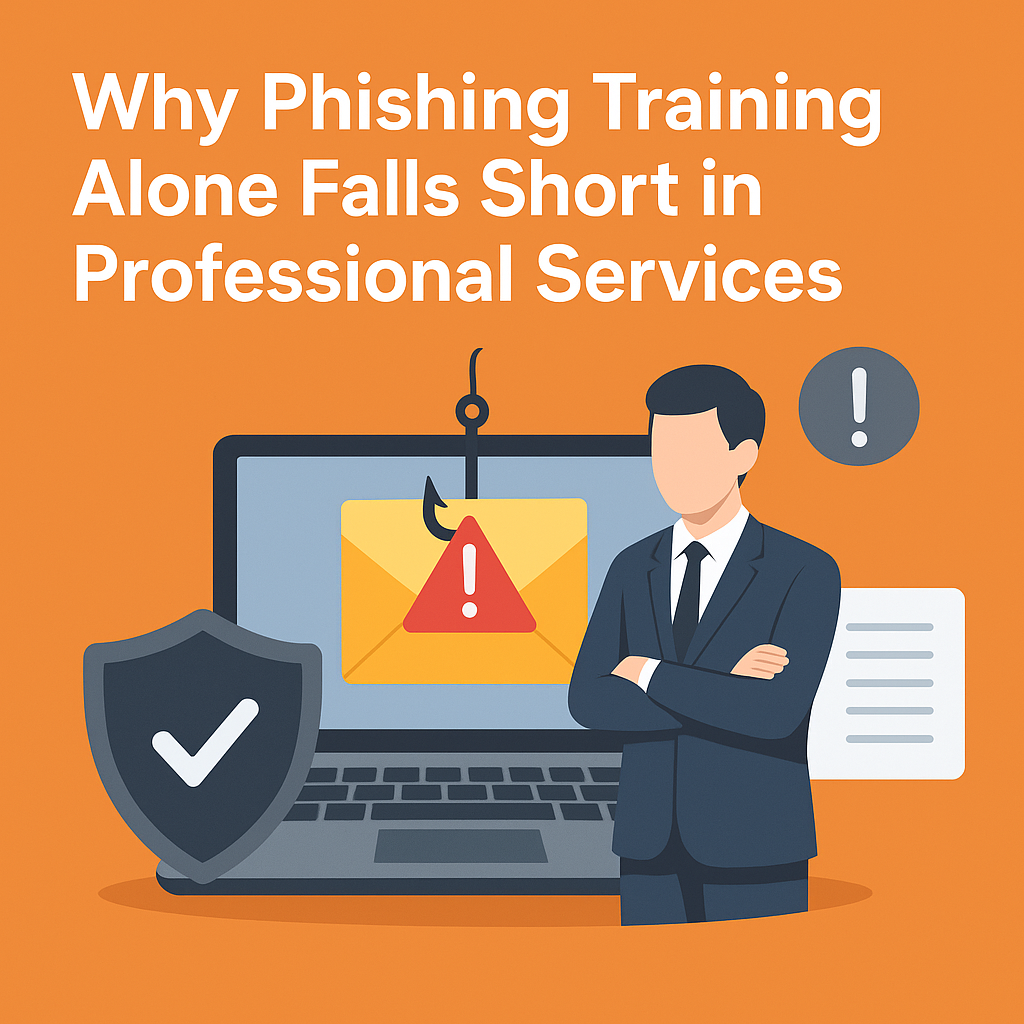

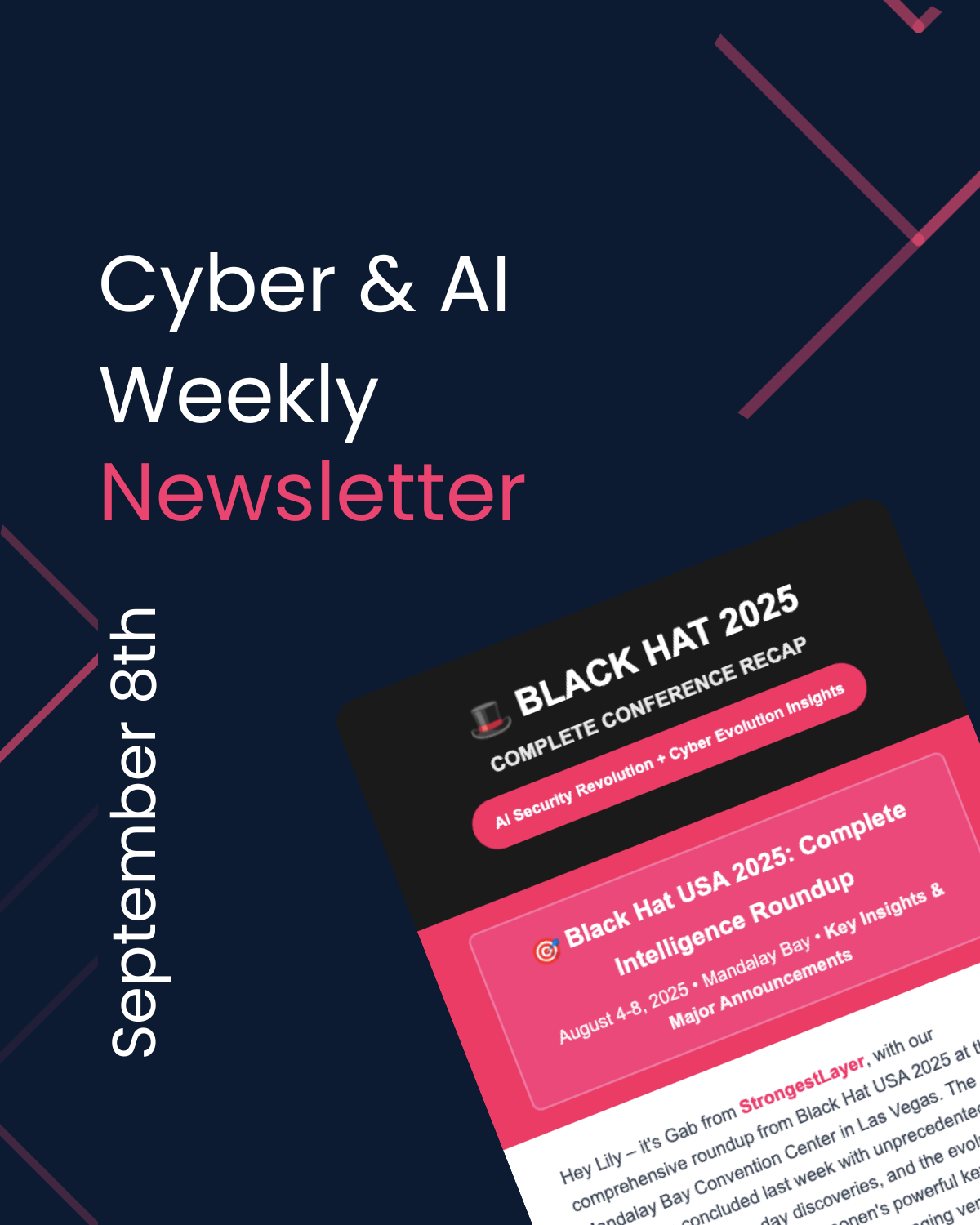


.png)

.png)
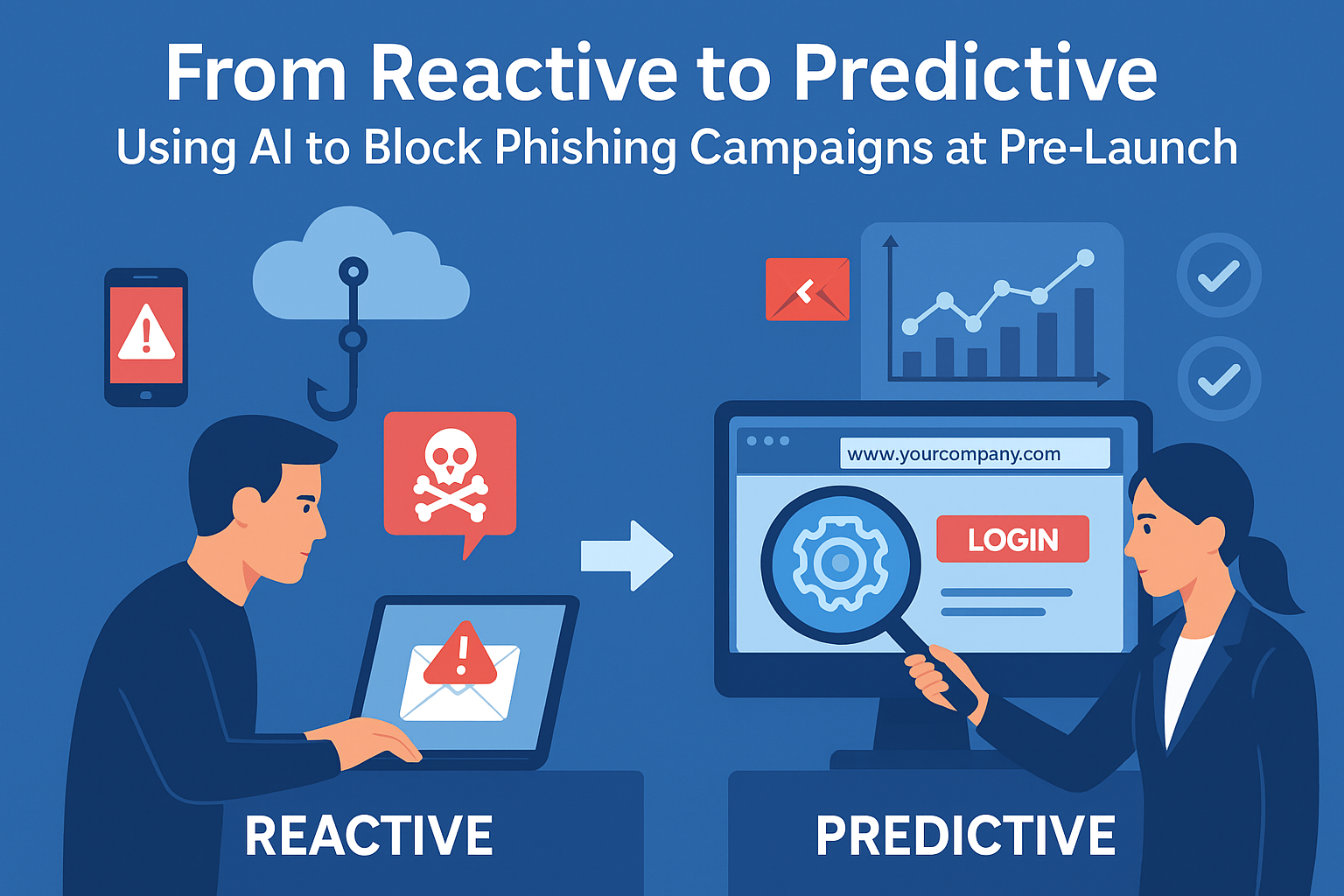
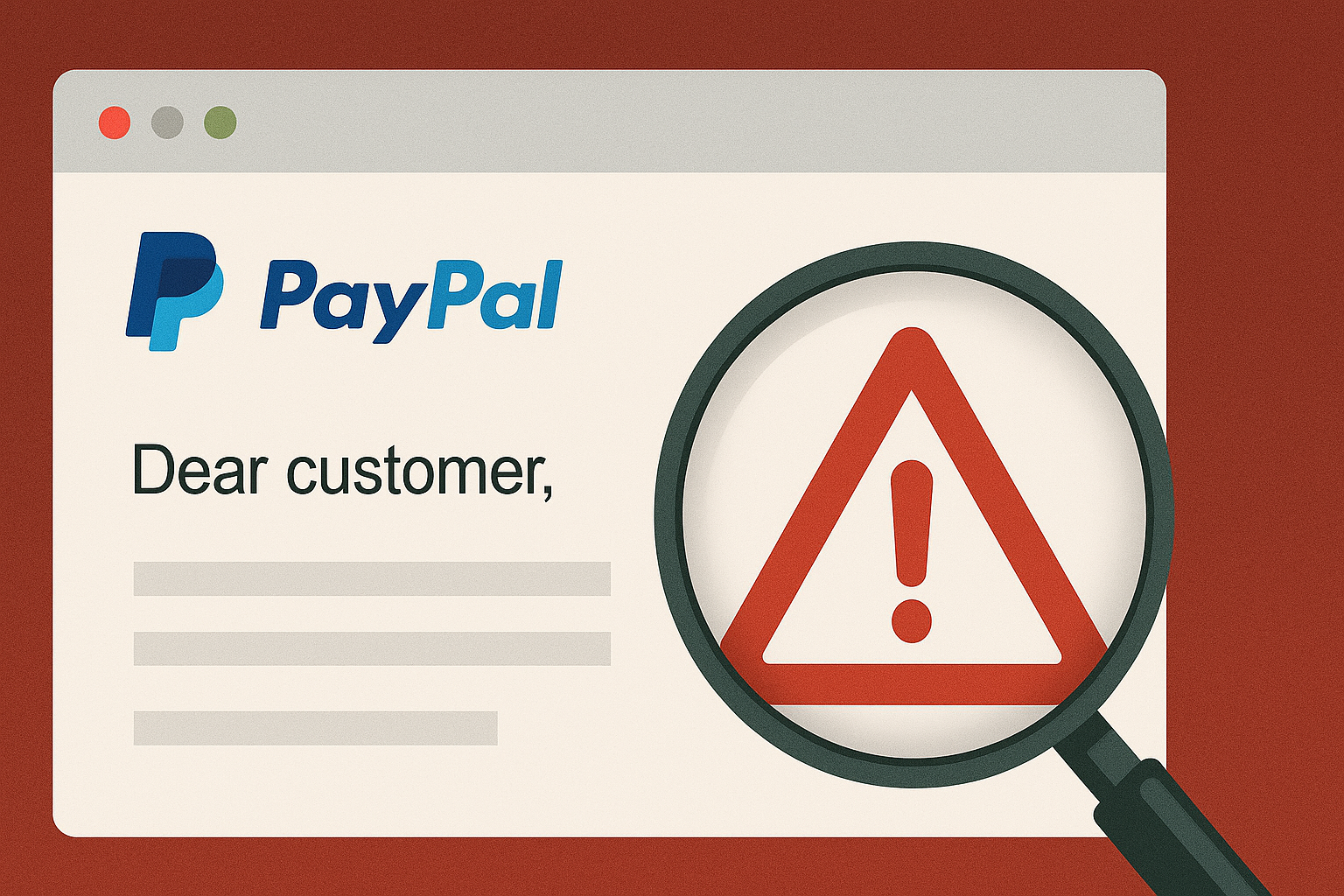
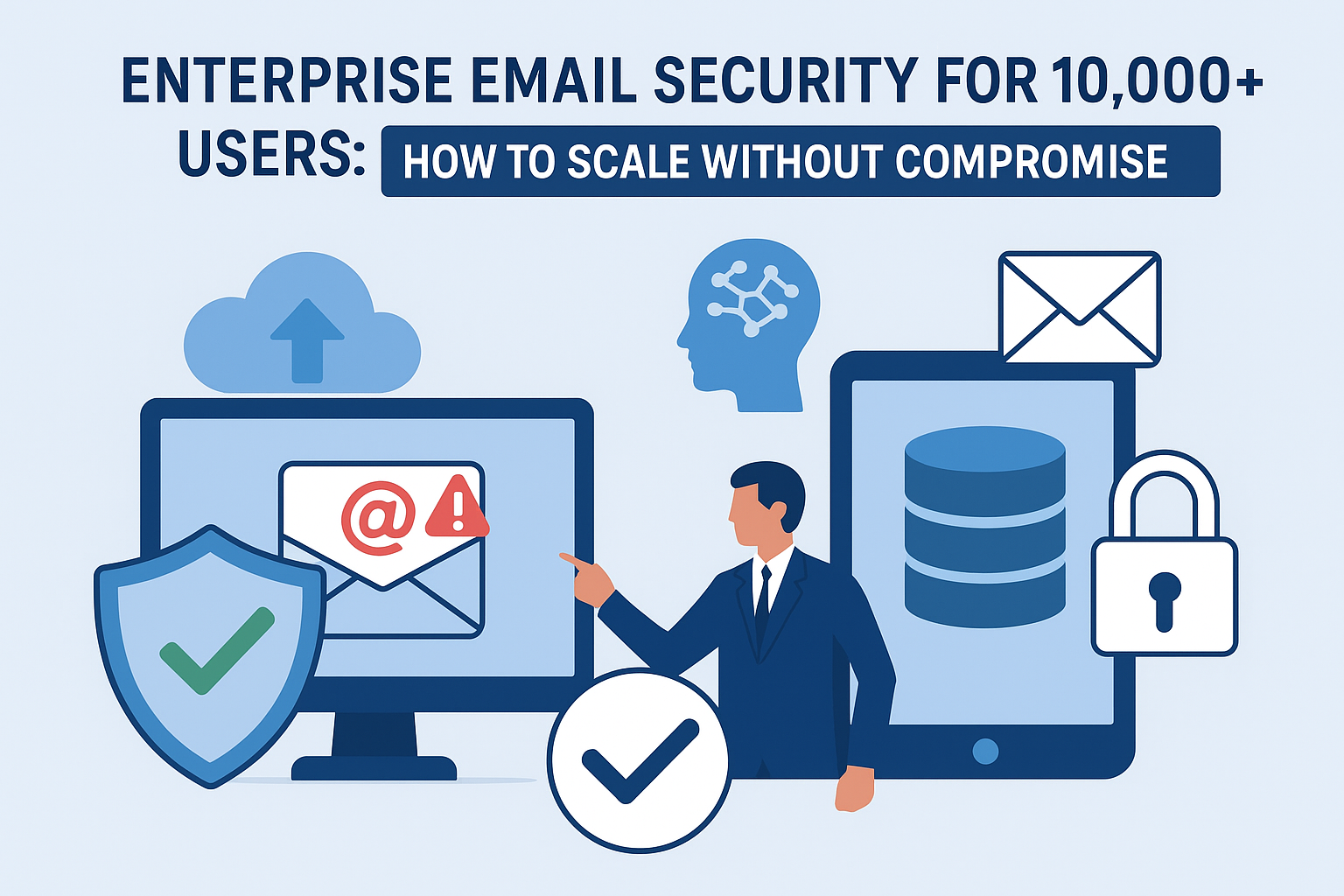
.png)
.jpg)
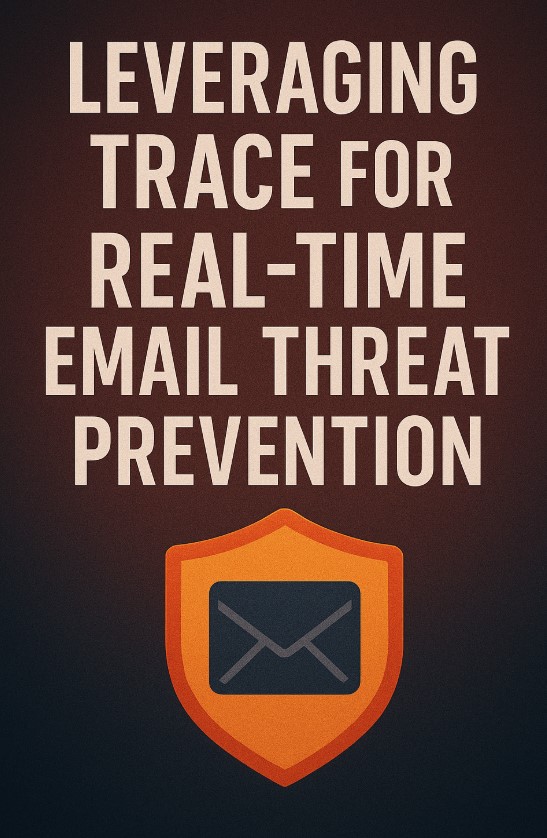
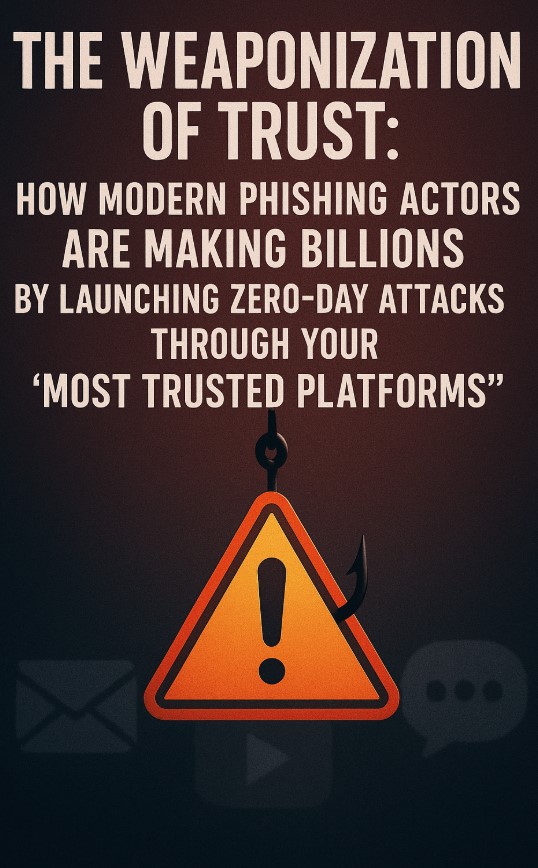
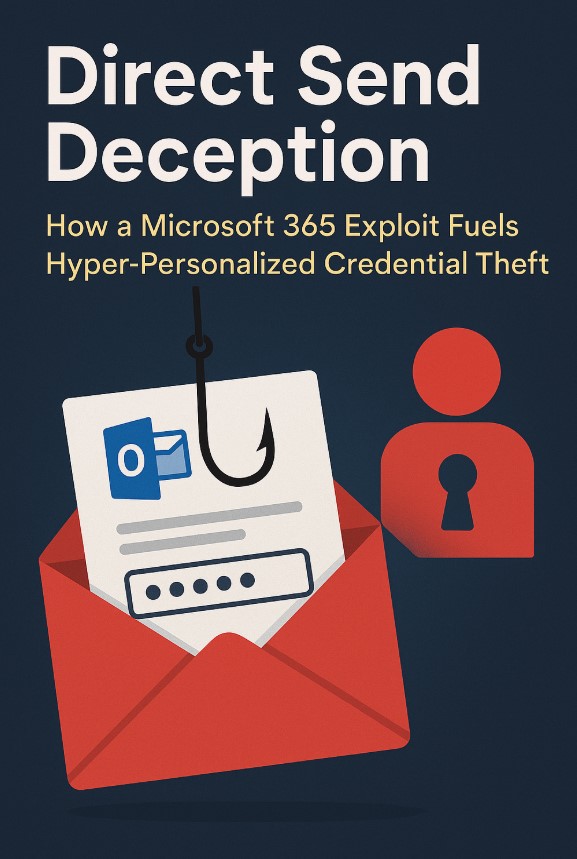
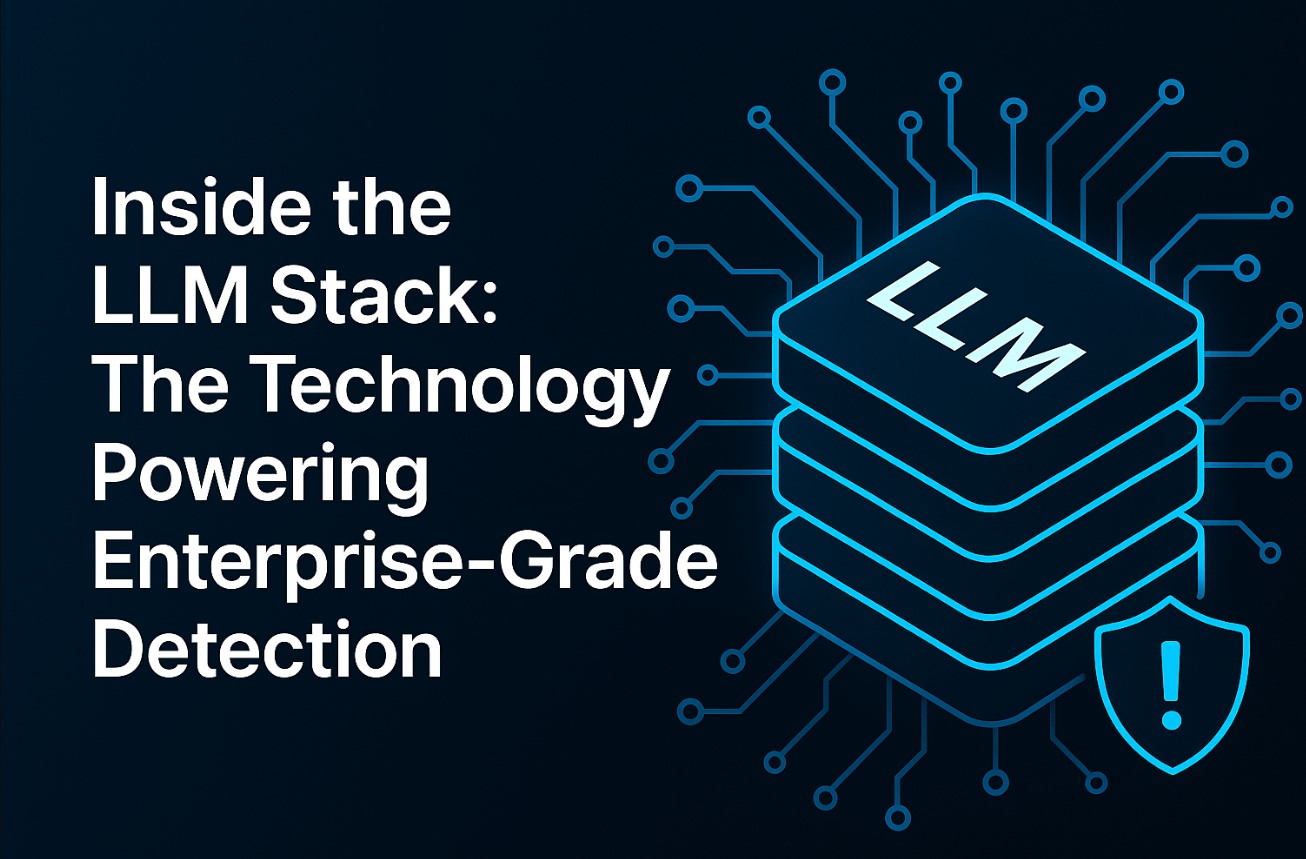
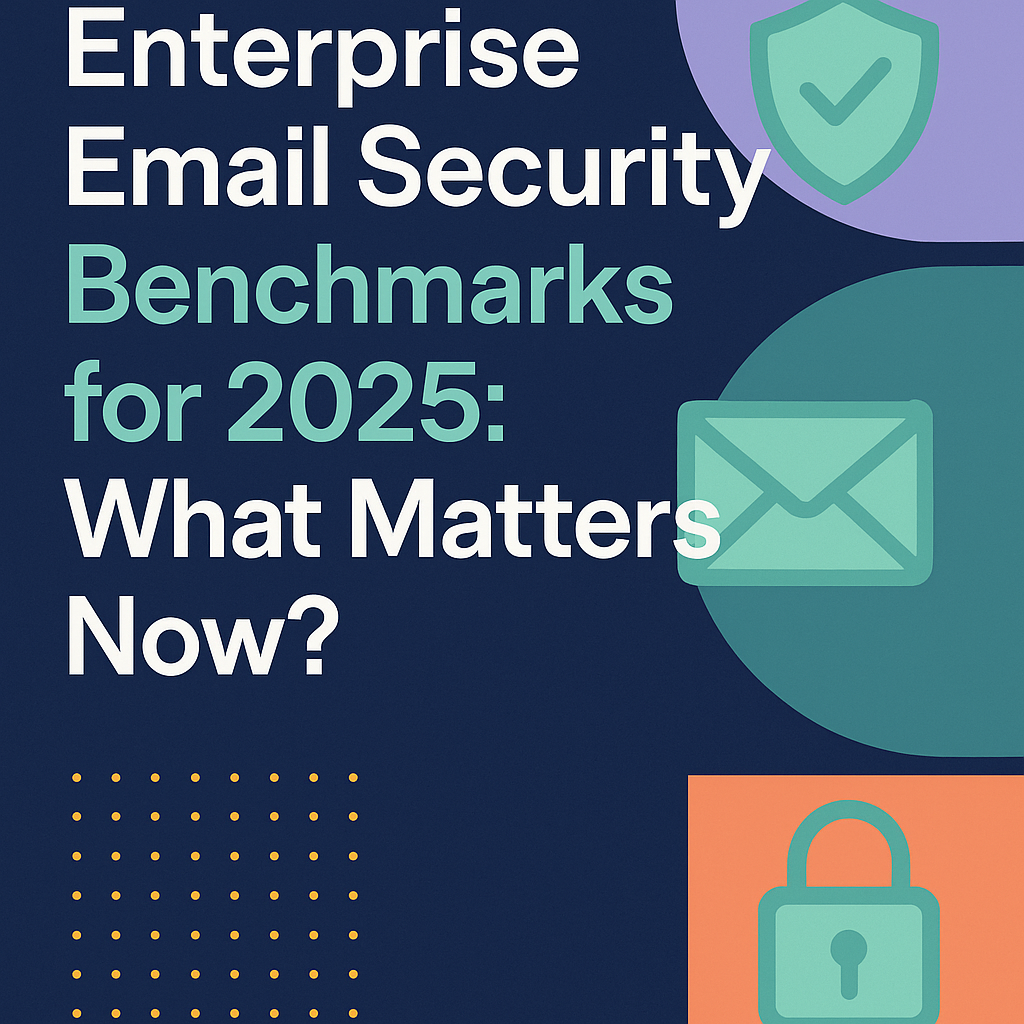
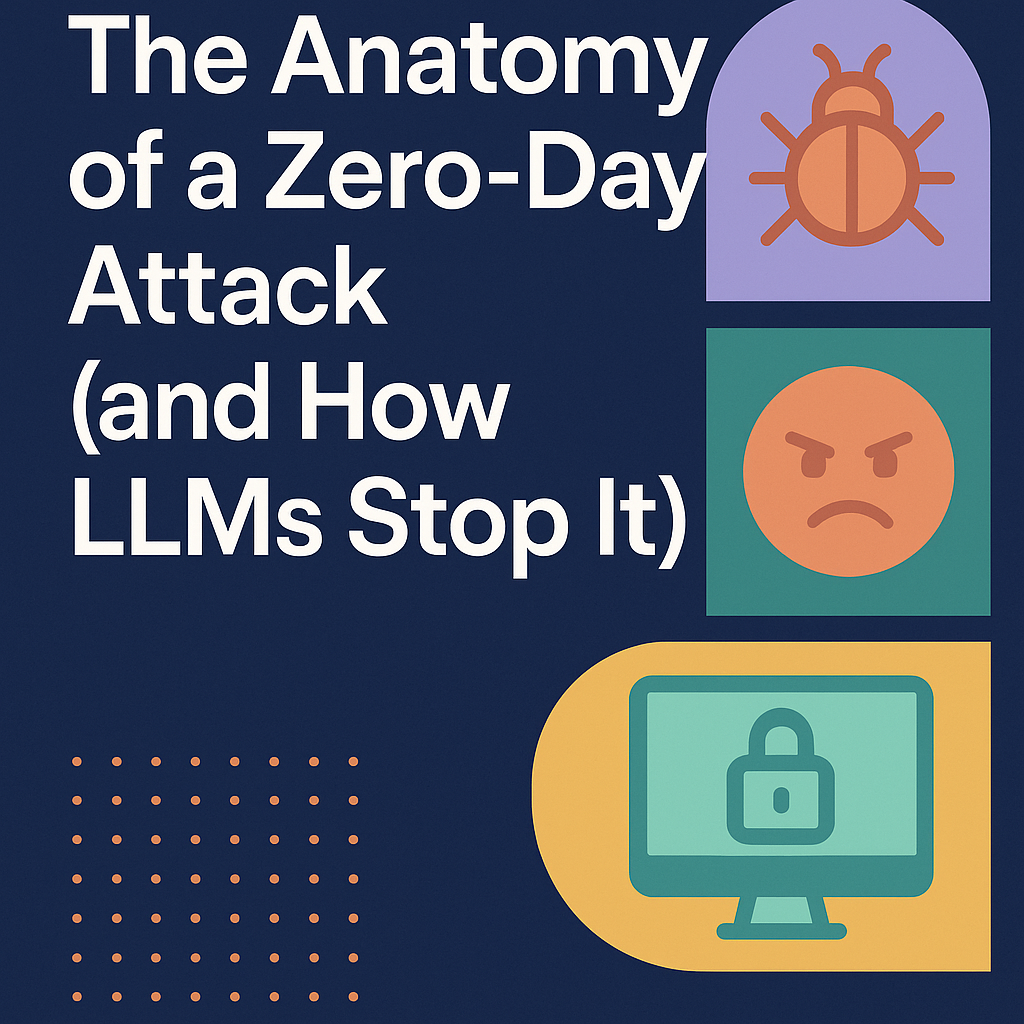
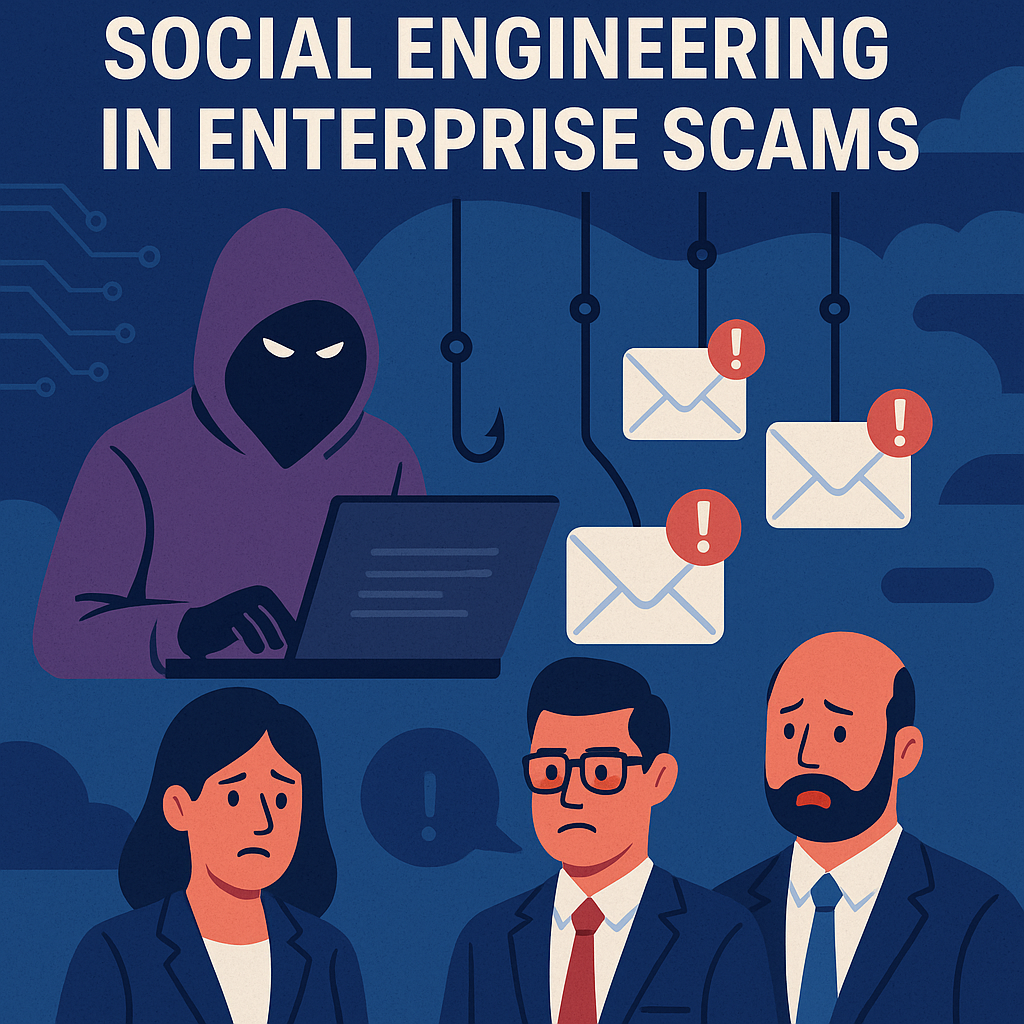
.png)







.png)































%20Attacks%20in%202025.jpg)








